Top Six Twitch Ticks
on Feb 28, 2023It’s no secret that summertime in the bush is by far one of the most popular times to bird. Southern Africa is privy to some exceptional birdlife toward the end of the year as most migrants return for the breeding season. However, this does not exclude the firm favourites that remain with us throughout the year.
If you are a “twitcher” or just an enthusiastic birder, this is the season to be exploring in our “backyard”.
The Woodland Kingfisher – Halcyon Sengalensis
Globally there are 116 species, which are further divided into 19 genera each more beautiful than the next. We have a wide variety of Kingfishers that can be divided into three subfamilies: Alcedininae (river kingfishers); Cerylinae (water kingfishers) and Halcyoninae (tree kingfishers) which is the family that the Woodland Kingfisher falls into, accompanied by the lesser seen Grey-headed Kingfisher, which is also another spectacular bird to see on safari! Although most kingfishers are sedentary year-round, these two individuals are breeding summer visitors that will spend their winters in tropical Africa.
The countdown begins in November as we approach the summer season and guides have running bets on their return. Their loud “pic, Turrrrrrrrreee” is the one sound that epitomises African summers. Their unmistakable, electric blue dashes through the thickets to take to their perch in open trees and announce their arrival with a beautiful open-winged display.
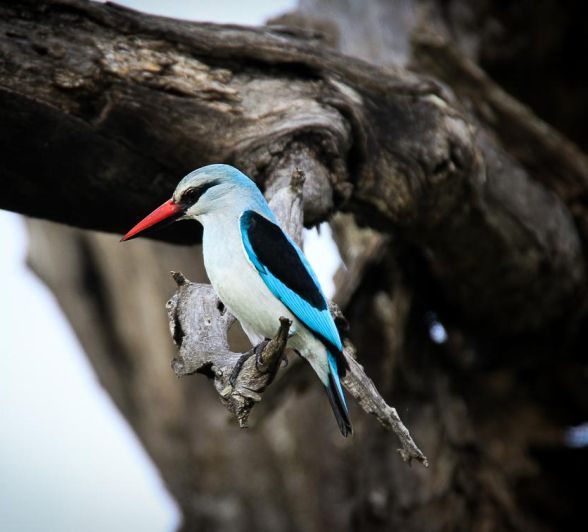
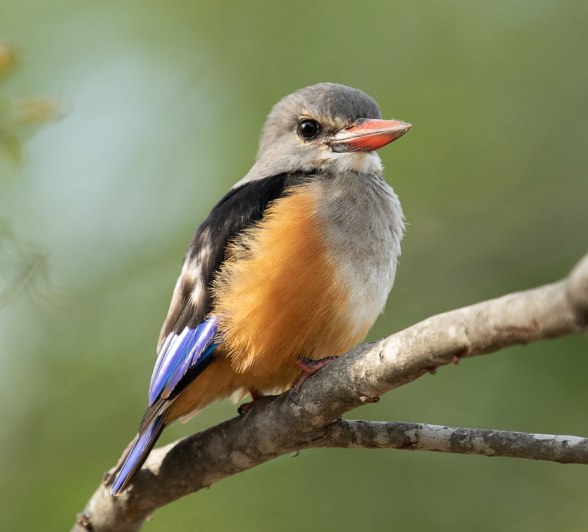
Saddle-billed Stork
With an average of 60% calling the Kruger National Park their home, we are privileged to, on occasion, witness these spectacular storks in the many water sources found at Sabi Sabi. Coming in at 3cm shorter than the Marabou Stork, the Saddle-billed Stork stands approximately 1.5m tall with a rather gigantic wingspan of up to 2.7m! The “saddle” if you were wondering is the yellow ‘cap-like’ structure at the base of the bill below the eyes. And although their body colour does not separate the sexes, as they are relatively alike, the females lack wattles. A wattle is a fleshy caruncle that hangs from the face or neck of individuals. The reason why this is a must-see bird is because their numbers are sadly on the decline, due to damage done to wetland areas in the name of urbanisation and development. With only around 1740 – 2900 of these magnificent storks around, found exclusively in Southern Africa, it’s on any birders list to tick off!

Greater-painted Snipe
Strangely enough, the Painted Snipes (family Rostratulidae) are sister to Jacana’s. They share several traits such as a polyandrous breeding system, in which the females are responsible for mate attraction and generally are large and more colourful than their male counterparts. The reason why this special bird is on the top ten list is because unexpectedly coming across these secretive birds is a “twitching” moment to remember. They are highly secretive, sculking around in the undergrowth along aquatic vegetation. They prefer wetland areas with exposed mud.
They can be rather tricky to sight as their complex colors provide excellent camouflage! A fascinating act to watch is the Painted Snipe feeding. Their long, rigid bills are covered in sensitive receptor cells that aid them in finding prey in their muddy surrounds.
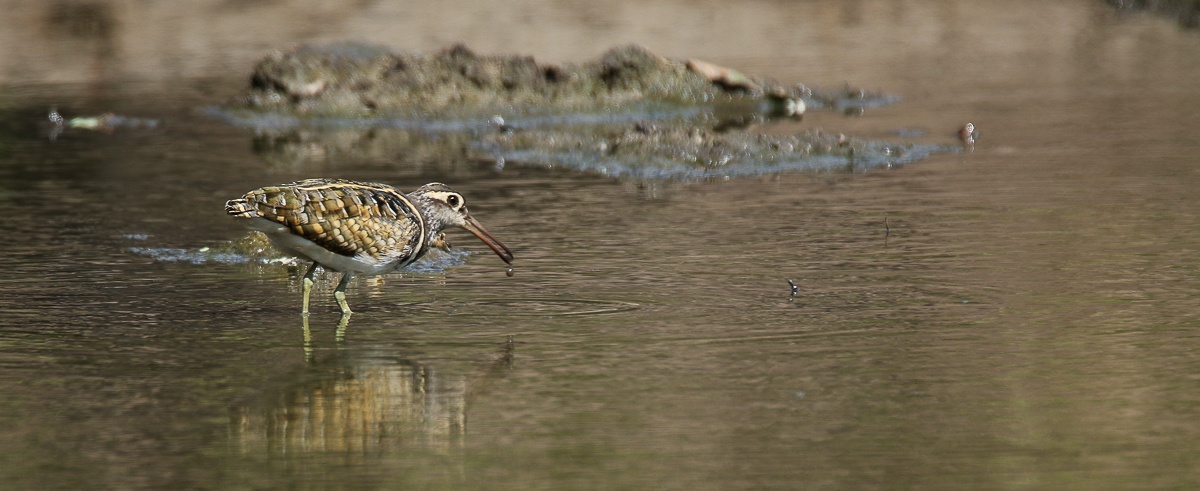
European Bee-eater
Built for aerodynamics, the European Bee-eater has sharp wings designed twisting and swooping in flight. Often this time of the year they can identified by sound as their “proot, proot, proot” like calls take to the sky in large, noisy flocks! As you would have guessed, a large population of these birds migrate from Europe. However, what a lot of people don’t know is that there are two different populations. The Northern hemisphere race are non-breeding migrants from Europe and a smaller subset breed here to migrate to Central Africa.
Some fantastic photographic opportunities are offered when watching these arial assassins sally in their hunt. Prey is caught in a smooth arial pursuit. They spend their time scanning for prey from a vantage point where they can catch sight of bees from up to 60m away! Phenomenal eyesight allows them to lock on to their target; their long bill exerts a considerable amount of force on the unsuspecting insect while simultaneously allowing the sting to be kept far from the face of the bird. A series of hard smashes are forced upon the bird as they try remove the “danger end” of their food!
Being a larger, long-winged Bee-eater you are more likely to find them perched in tall trees or alternatively using telephone wires as a vantage point in comparison to their smaller, short-winged counterparts, the Little Bee-eater.
European Bee-eater
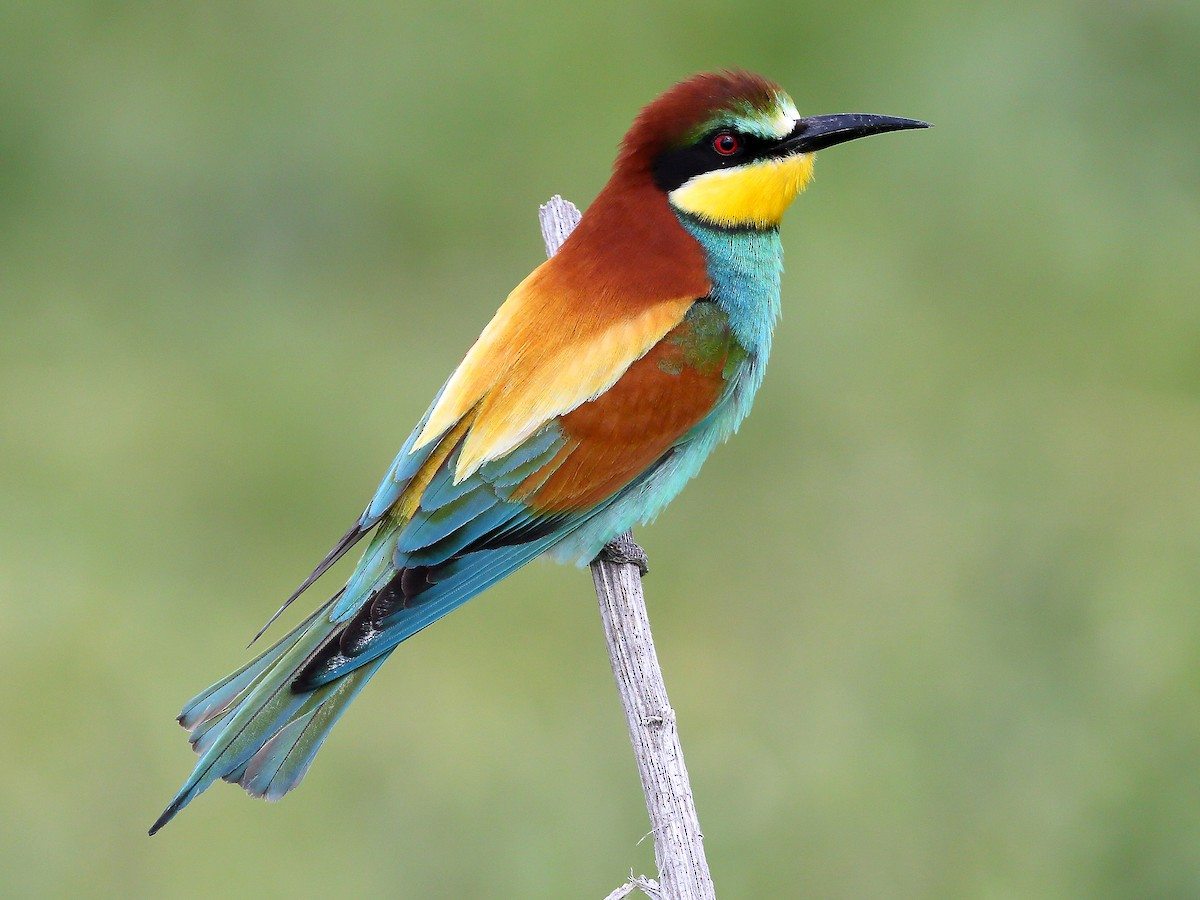
Little Bee-eater
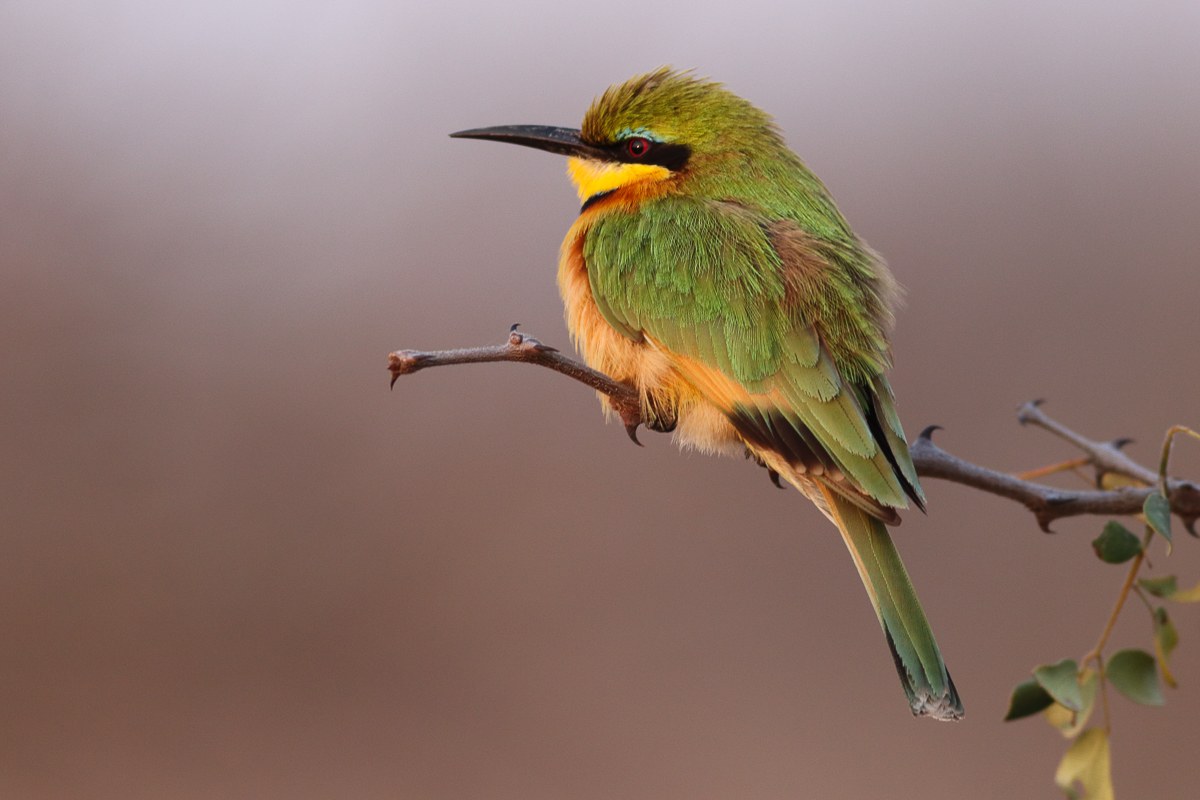
Southern Ground Hornbill
We are familiar with the hornbill species, affectionately known as “Zazu” from Lion King, but there is a terrestrial hornbill that steals the show time and time again. Far larger than their Yellow and Red-billed family members, they stand a whopping 130cm tall! They are often found foraging on the ground in search of a wide variety of food. Anything from puff adders, squirrels, chameleons and more make up the diet of these predatory birds.
They can usually be heard early in the morning or alternatively rounding up the day at dusk as they bellow from the treetops; hu-hu, huhuhu. This deep duet is audible up to 3km away. These giants, with their bubble-like red throat skin are a pleasure to watch walk through the bush; sad to know their numbers are on the decline. They are notoriously slow breeders, taking several years to reach maturity and often struggle to find suitable habitat for their nest sights. We are losing these special birds to the “muthi-trade” at a rapid rate. With numbers sitting around the 1500 mark, we are fortunate to see several breeding families roaming around. A special sight indeed.

White Stork
Described as leggy birds with large bills, striding though grass or water, rather apt description for this special bird. Unlike the more commonly seen intra-African migrant, the Abdim’s Stork, the White Stork is a trans-continental migrant. Like many other migratory species which share its plight, is dependent for its survival on the implementation of effective conservation which is birthed through the understanding and knowledge of their ecology and international movements. This bird is having a notable impact on human culture, particularly in Europe. These storks who commonly roost on chimneys are a sign of fertility and luck!
Escaping the icy winters, they set out from Europe and move over the Strait of Gibraltar into the Sahara Desert, following the heavy thermal systems that allow it to efficiently soar to its destination (and even conserve energy in the process!). These flocks, some with almost 11,000 individuals, then follow the Nile River south to eventually settle in various African countries, including Kenya, Sudan, and South Africa.
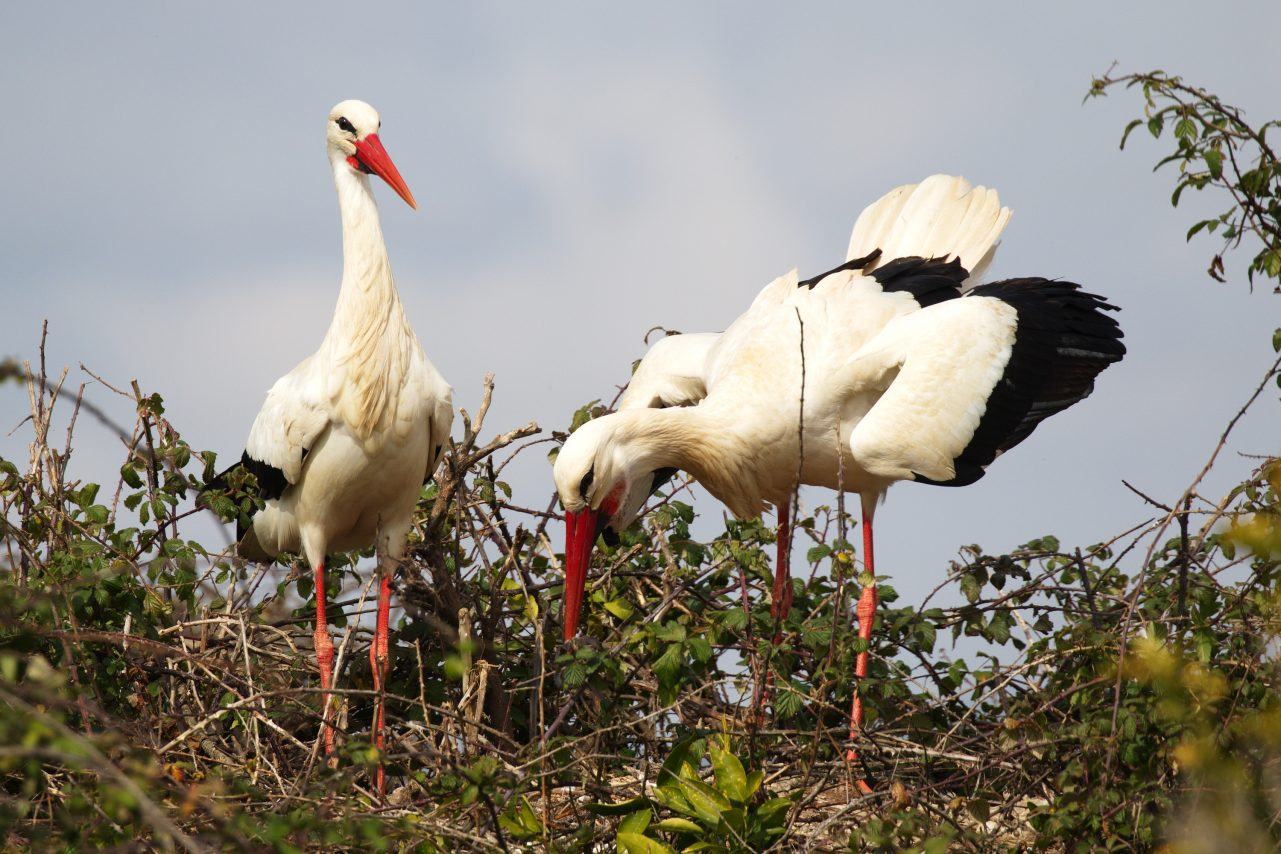
So next time you’re looking for a special spot to bird, we hope that we will be one of the first stops on your list!
Blog by Ally Ross (Bush Lodge Ranger)







